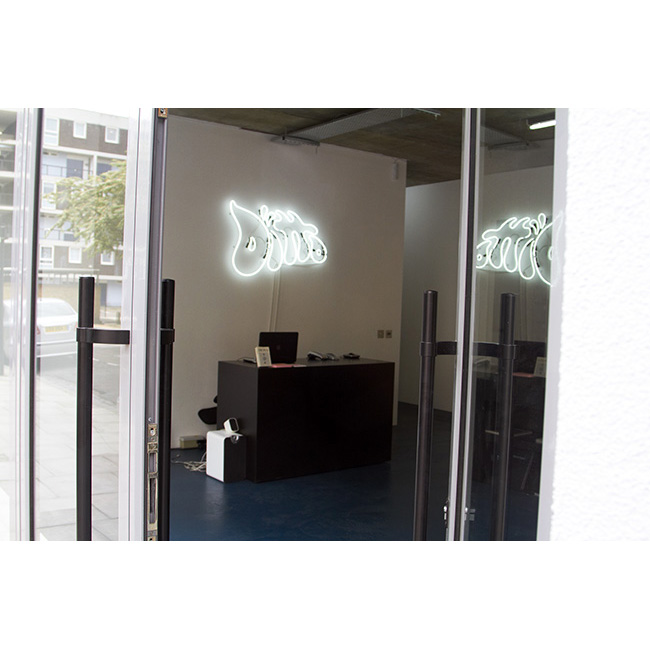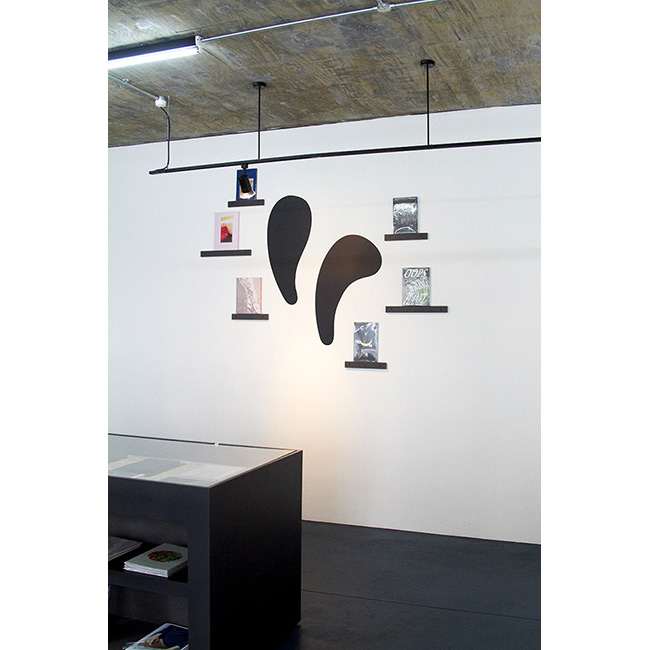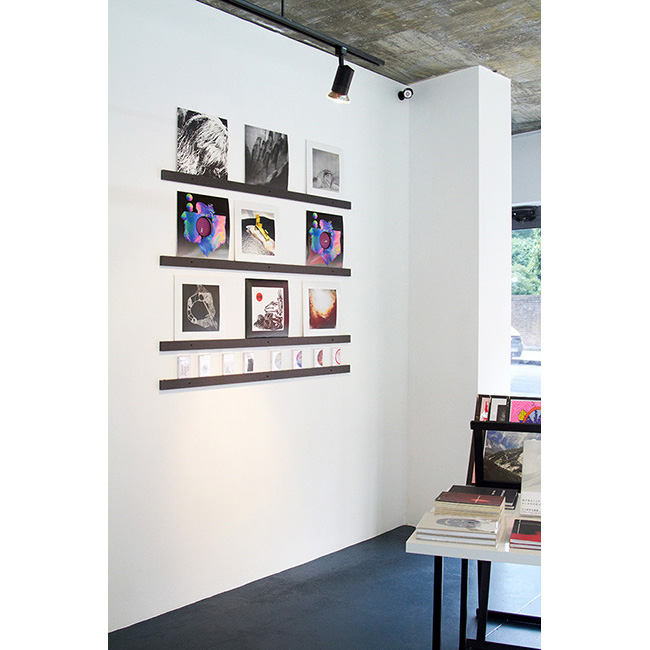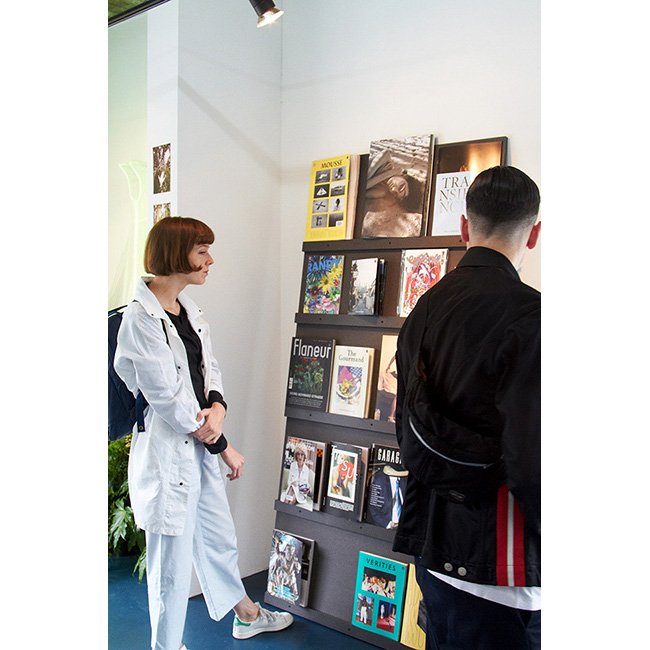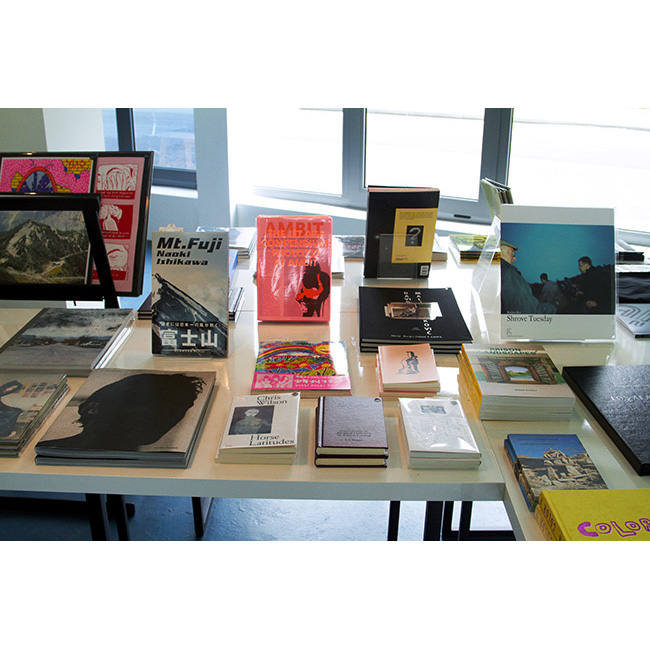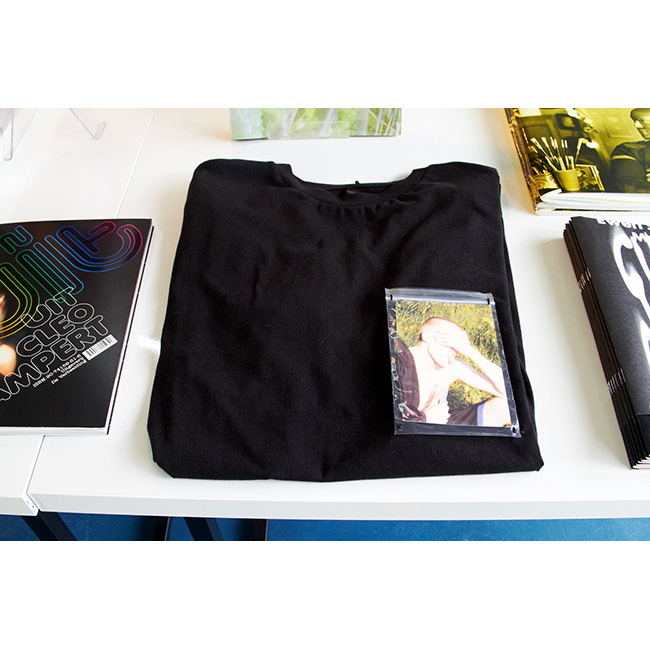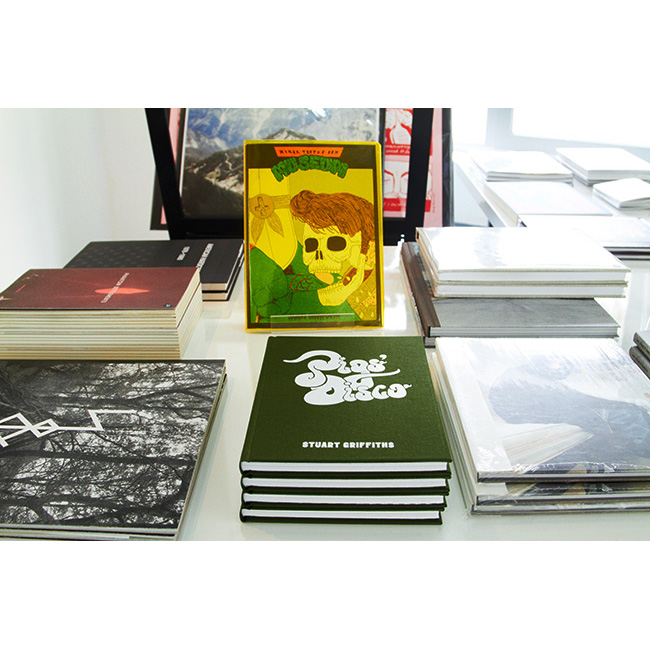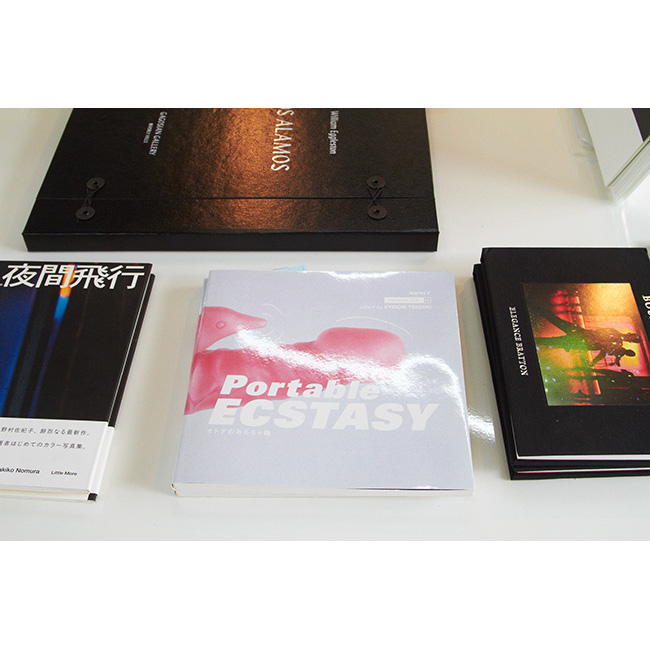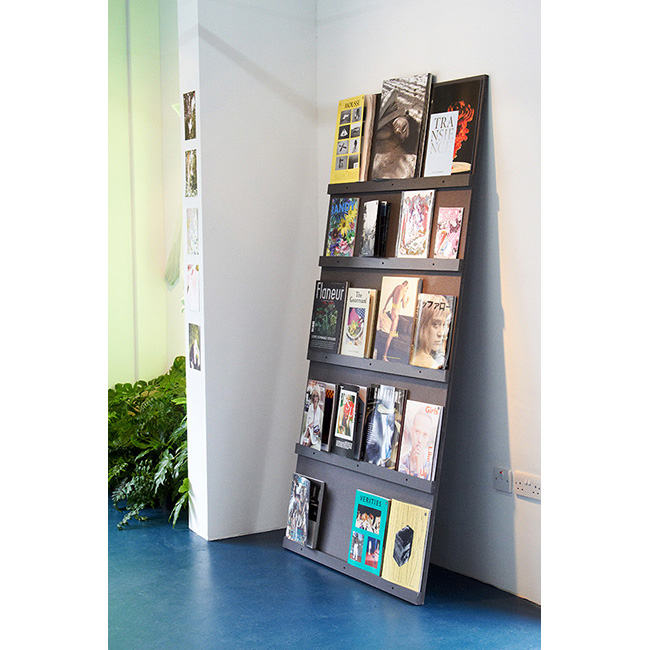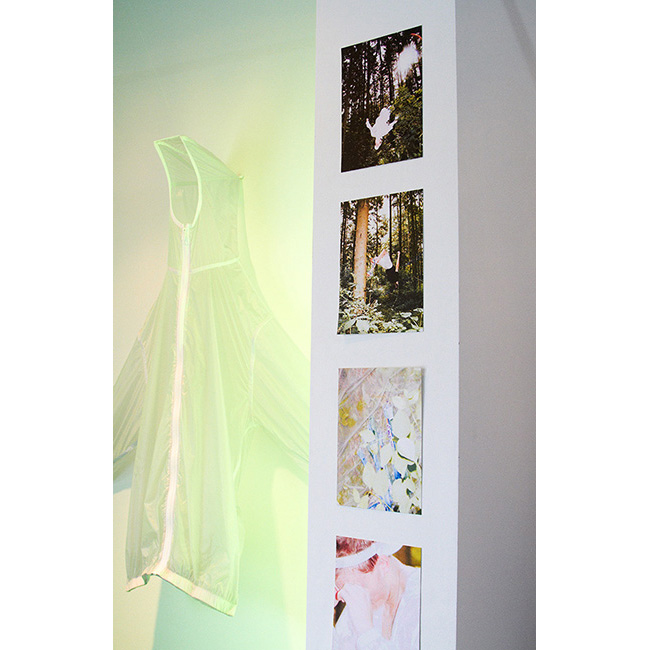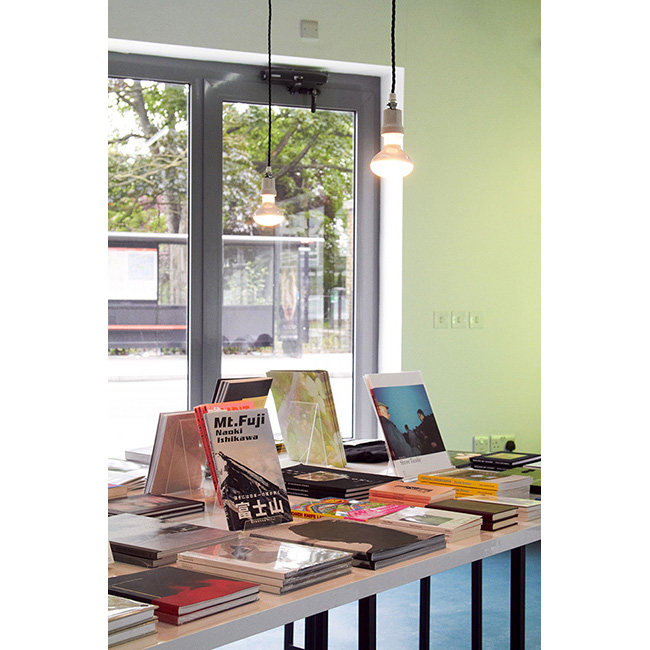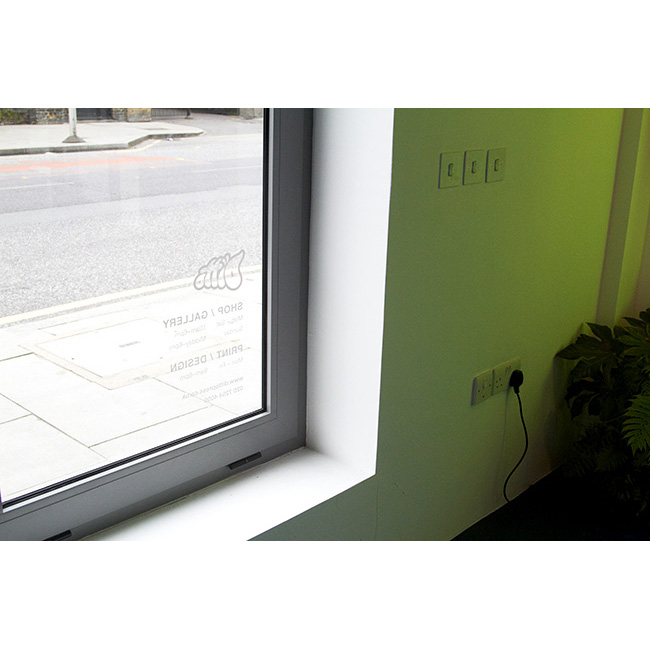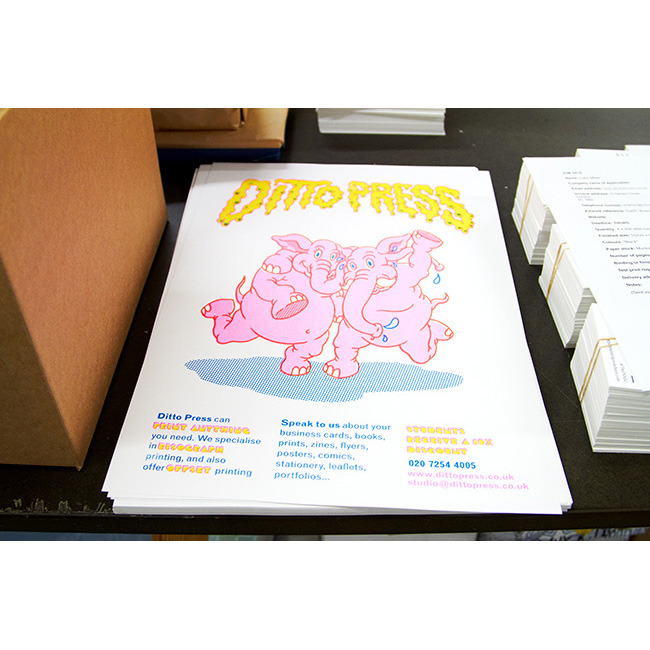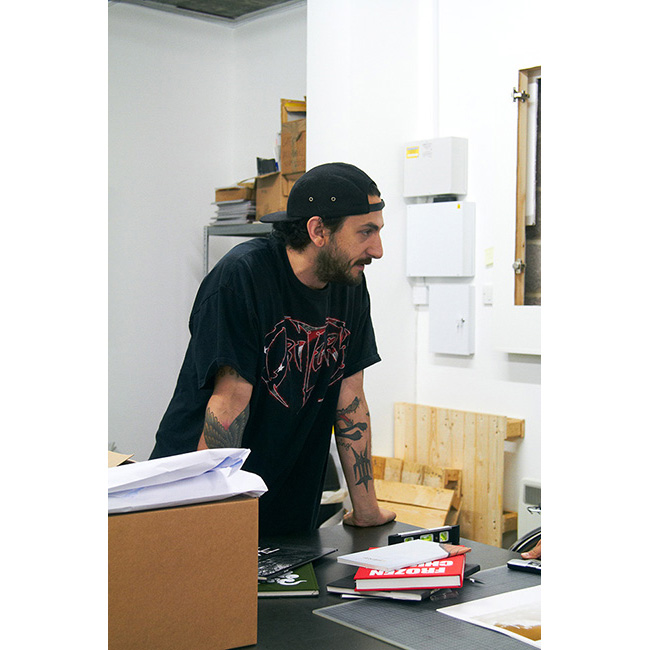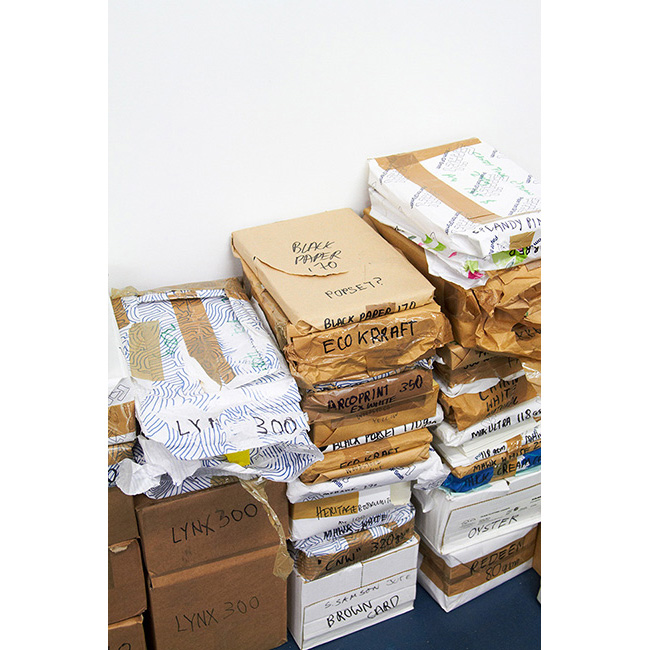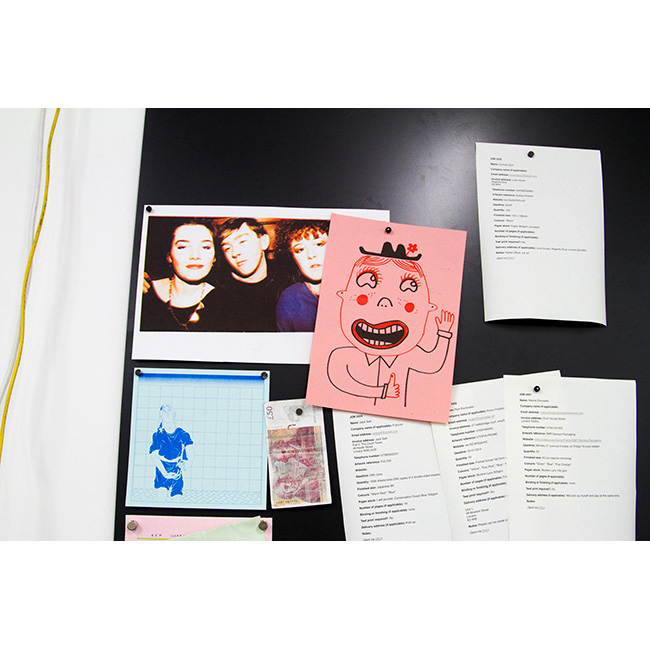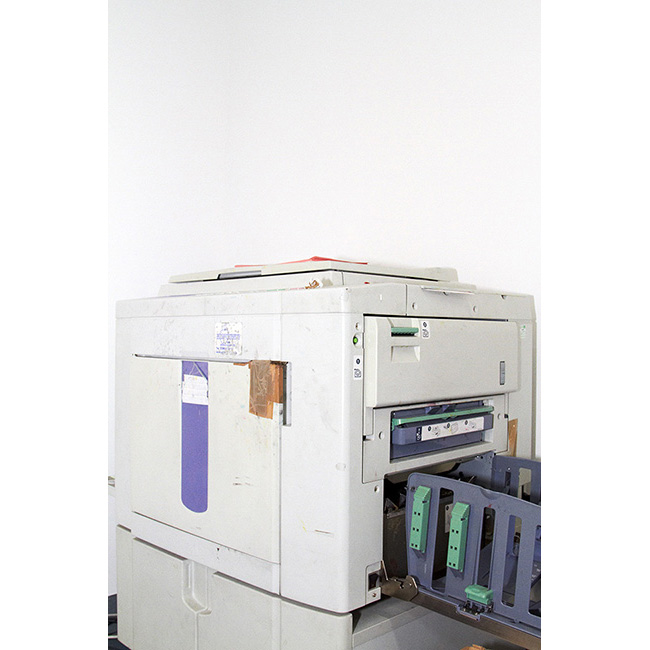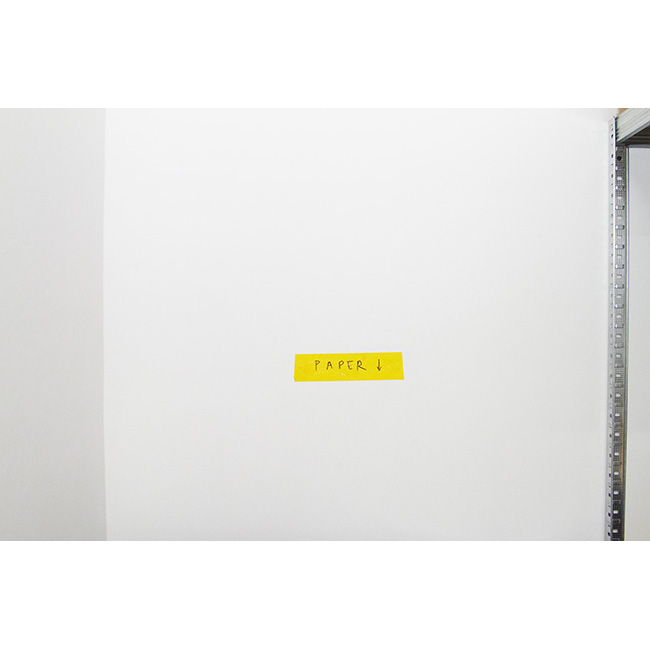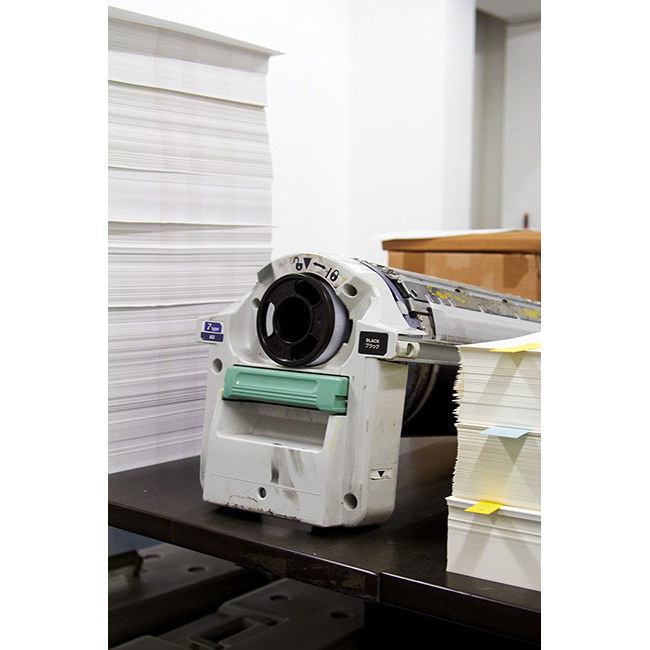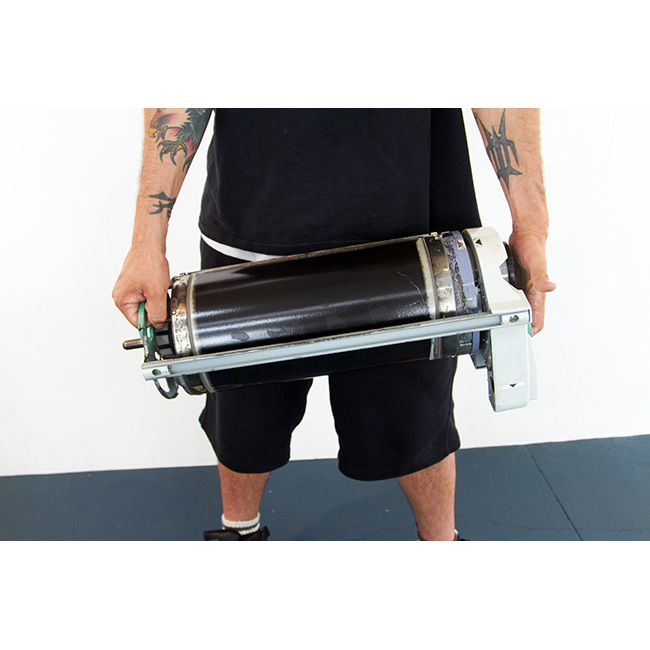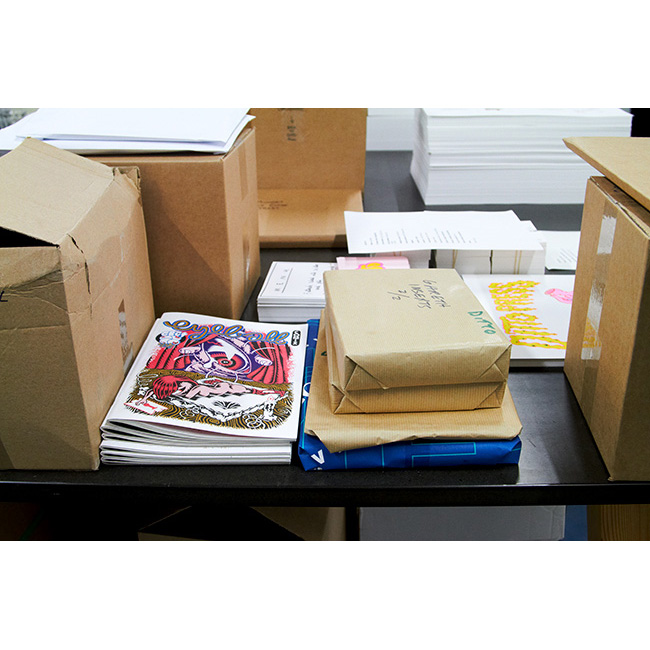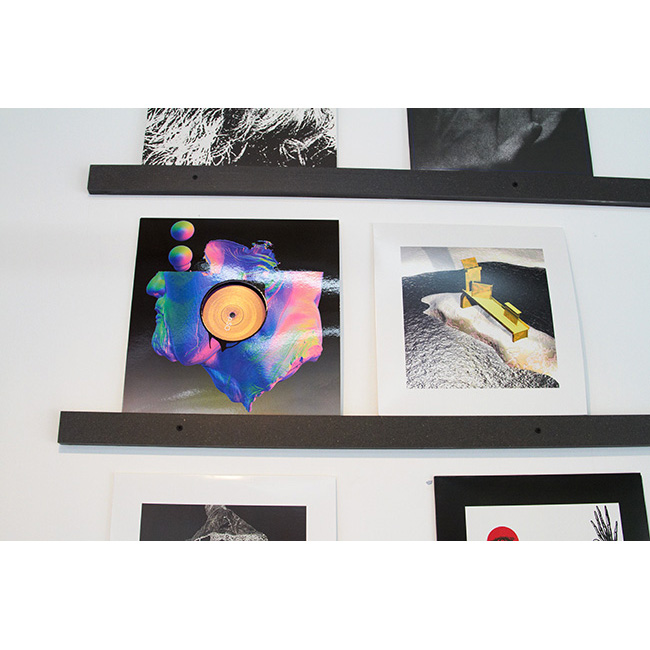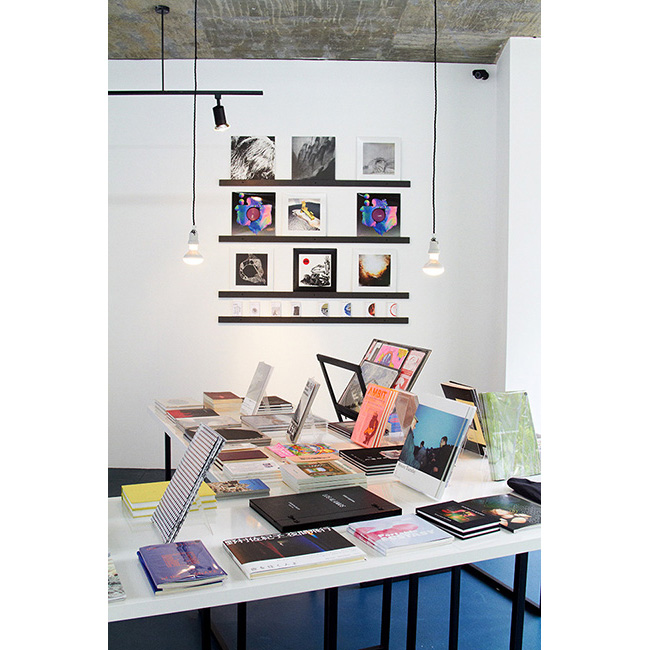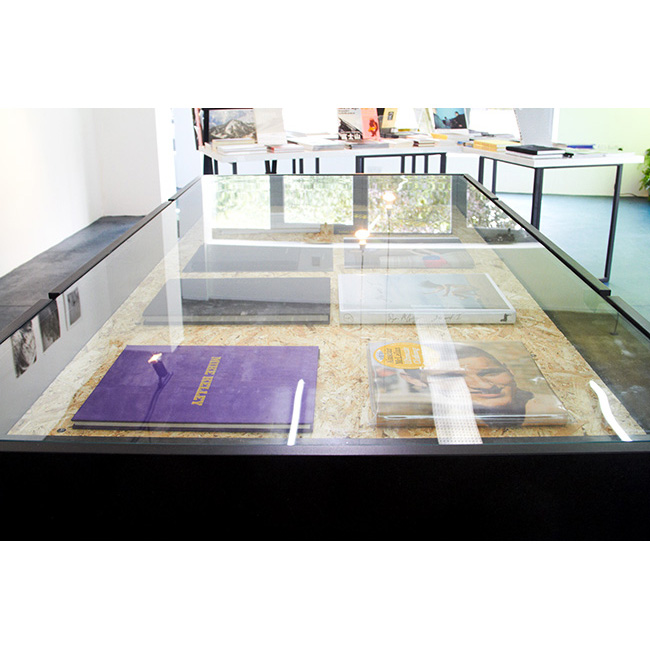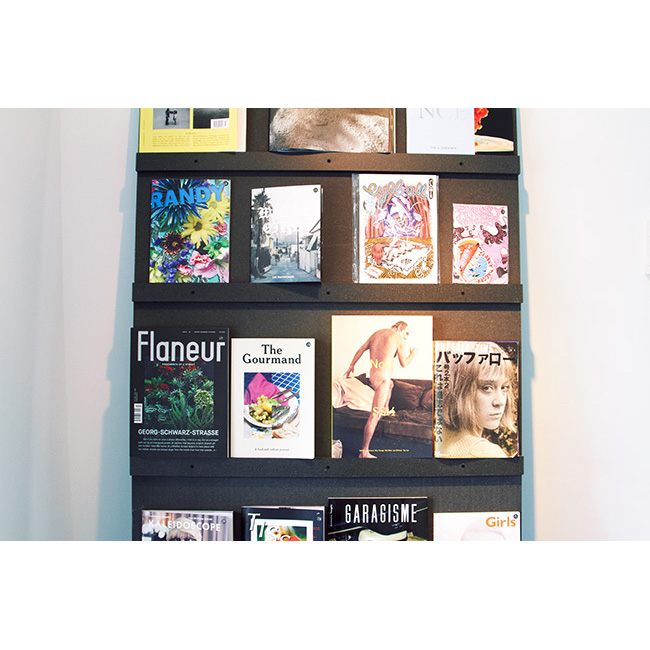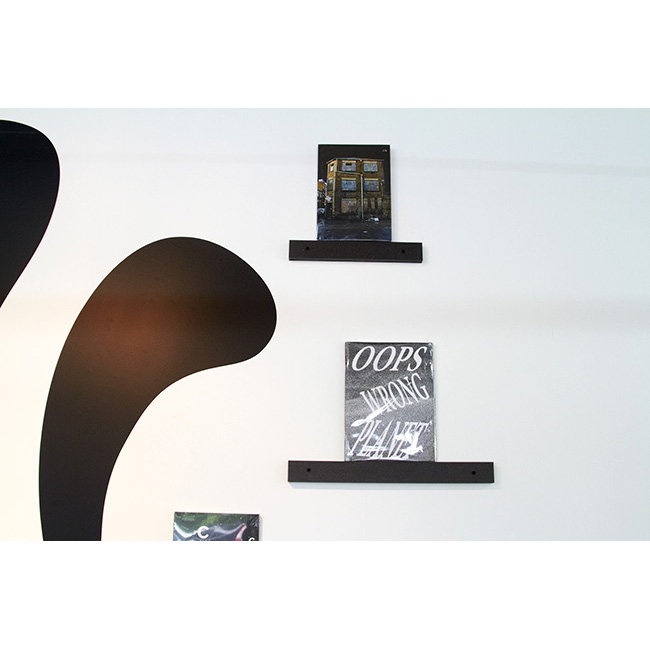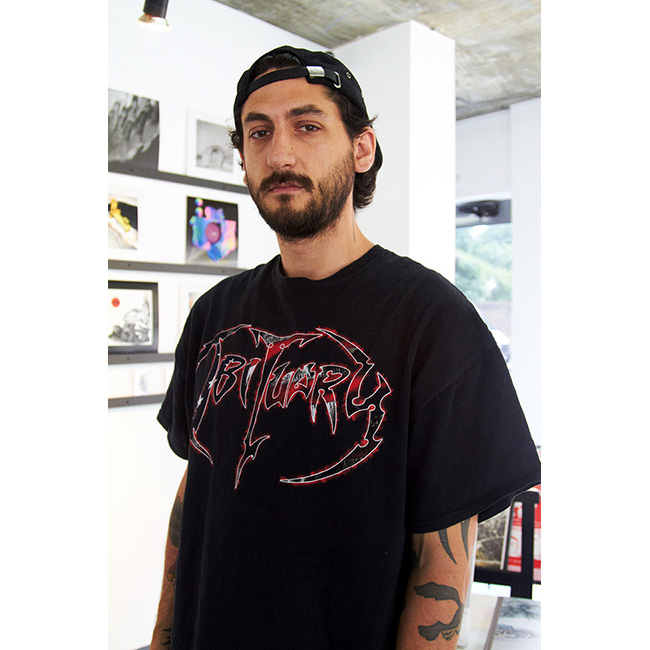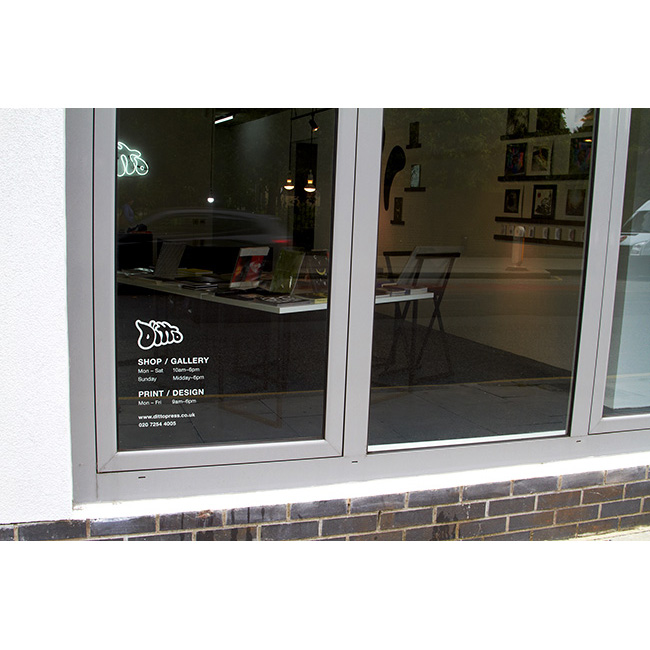Studio Visit: Ditto Press
Southgate Road bridges Hoxton with the scruffier side of Stoke Newington. The roads in between make up De Beauvoir, the pristine home of designers and gentry in disguise. Somewhere between the road’s heartland – the De Beauvoir Deli Co – and Tesco Express is Ditto Press, just clocked thanks to the neon Ditto hanging inside. Without it, the gallery space and new home of the publishing company would easily go unnoticed.
Ditto Press doesn’t do much publicity and it doesn’t really need to. While the company and its headquarters are relatively unassuming, the work they put out speaks for itself. Take Ninja Turtle Sex Museum by James Unsworth, a book published just a year into business. Leonardo’s shitting with a big deranged grin as Raphael force-feeds his cock into a severed head, and all the turtles have big veiny erections. It’s like Story of the Eye for the Nickelodeon generation. The less salacious Printing at Home by Xavier Antin indicates the breadth of Ditto’s taste. The instruction manual shows you how to dismantle and corrupt your inkjet printer through use of acid and potatoes. Both had positive write-ups and they’re not exceptions. “I’ve just bought this new book, it’s incredible,” said my friend not long ago. “It’s called Pigs Disco. Have you heard of it?” “I think I’m interviewing the man who put that out next week,” I said. “Is it good?” “Just read it,” he said. There’s no better a review than that.
The interviewee in question is Ben Freeman, Ditto’s owner and founder, who set up the company with Lynsey Atkin in early 2009. Back then, it was just Lynsey, Ben and a risograph printer. “At the time, I was publishing a magazine and had just self-published a book (Grobisce: Society, Politics and Mass Graves). Lynsey and I decided to buy a printer, thinking we’d be able to publish books much more cheaply that way. We’d print them for other people, too, then use the money earned from that to pay for more publishing.” In 2009, risograph printing was pretty much unheard of. Cheap and only able to print in a few colours, most were traded in for better models as technology advanced. Only a few appreciated the quality of risograph, seeing its potential for printing illustration. One such company were Extrapool in Holland. “We had been using Extrapool for a long time. They’re great, a sort of anarchic cooperate. Rollo Press in Switzerland were also using a similar machine to make single colour books. We thought, ‘Why is no one offering this service in the UK?’”
Five and a half years on and Ditto has well and truly established risograph printing in the UK, as well as establishing its own brand of design, printing and project. Lynsey stopped working for the company last year and Ben now runs the business alone – with the help of seven employees -but Lynsey is still very much involved, maintaining a share of the company and working with Ben on the odd project. Starting out as publishing amateurs and building the business up to what stands on Southgate Road today, it’s understandable that the pair have formed an emotional as well as financial attachment. “If we’d studied business, we probably wouldn’t have had the guts to do this. We just had to learn as we went along. For the first three and a half years, I was doing all the printing,” Ben says, before showing us how the machinery works. “I’ve done every job in this company so I know exactly what people are doing. Now I spend half my life sat in cafes.”
The new space holds a gallery, office and printing room. We’re now in the gallery, a room that might as well be Ben’s own personal library. Like most publishers, Ditto isn’t short of enquiries from eager authors, photographers and artists, but the brand is so tied into Ben’s own taste, it’s easy for him to know what to turn down. “The vast majority of what we get is completely inappropriate for us, like poetry compilations or children’s books or books about London bus signs through the ages. I just tell them it’s not right for us.” Most of their business comes from printing rather than publishing, which Ben doesn’t interfere with creatively. “We’d never turn down a print job. Whether an image is ugly or business cards are badly designed is absolutely none of our business. I’ll always be proud of the printing whether we like the project or not, but when it comes to things we publish, design or sell, we can be picky.”
Ditto did decide to take on one offbeat project: Duncan Fallowell’s novel, How to Disappear. It’s their most successful publication to date, not least because of Fallowell’s notoriety in the literary world. But it’s also rare to see the care and imagination that is usually reserved for art books being lent to a novel, rather than just slapping a shiny cover on it and a sticker from Richard and Judy’s book club. “It’s the only novel we’ve published. We did two print runs in house and both sold out really quickly. For a tiny publishers like ours to get reviewed in The Times and The Guardian is unheard of really, and I think it was down to the fact that Duncan knows people in the industry for one, but also because of the design. It was a fun thing to do but it’s not where my heart lies, which is with documentary photography, subculture and weird art books.” Did you read it? “Did I read it? Yeah, of course I read it! We’re all heavily involved with the content. I think being equally interested in the production and the content – knowing how to edit photos to create narratives, knowing about grammar but also knowing how to operate the machinery – is quite unusual.”
Last year, Ditto published Stuart Griffiths’ Pigs’ Disco, a book about the Belfast soldiers who got involved in the 90s rave scene before compulsory drug-testing was introduced in 1998. Ben worked with Stuart on the book for six years before it finally went to print and it’s his favourite project to date. “I met Stuart when I was working at Vice magazine. He came in about a photography project he’d been doing about gangs in Liverpool. I was sitting at some desk writing up a thing about I can’t even remember what. He’d gone up to Liverpool and interviewed these 15-year-olds who were shooting each other. I told Andy, the editor, I said, ‘I love these photos’. ‘You should speak to him,’ he said. ‘He was in Ireland in the early 90s and has this amazing body of work that’s never been used’.” Stuart was a paratrooper himself and it’s his mix of first-hand experience, access, understanding and talent that make the book really special. The concept of soldiers “munching on acid” was even provocative enough to get a mention by the Daily Mail on its release. The cover takes you by surprise, too, with its pink elephant of a title and not a photo in sight. “We use that technique quite a lot. We like to combine different fonts with unexpected images to create a new meaning.”
sha.man, a music and photography project by S&M (Sanna Charles and Mark Wagner), also released in 2013, marked Ditto’s first foray into music. Sanna’s book of humbling landscapes was accompanied by a ten-inch record of improvised acoustic doom. “That was kind of the opposite end of the spectrum to Pigs’ Disco. It’s not about politics, it’s not about anything moral, it’s about art.” Ditto has since experimented further with mediums and recently decided to commit to creating a digital element for every one of its projects. “I never wanted to be the luddite, print-obsessed publisher who denies technology. Publishing doesn’t have to be about print, it can be based in any media. That’s what I really want to explore next. There’s a lot of talk about where publishing is going but no one seems to know or be willing to find out. It’s a really exciting time. There probably hasn’t been a time like this in publishing since printing was invented.”
This year, Ditto is flaunting its new gallery with artist Thomas Mailaender presenting his new book in the autumn. His work is fun and abstract and common-sensical and makes a perfect fit in the space. “We do a lot of work with Roman Road Gallery. They’re an amazing gallery in Bethnal Green and one of our biggest clients. That’s how the Thomas Mailaender project came about.” Then there’s the latest selection of books keeping Ditto busy. “We’ve always got an average of about ten to fifteen jobs going on at any given time. We’re working on another book with Sanna Charles called God Listens to Slayer. She went on tour with the band loads of times and has loads of photos from festivals in the late 90s and early 00s. We’re also doing a book called Skinheads: An Archive with Toby Mott. It’s a collection of skinhead fanzines and posters – everything to do with skinhead culture in the media from the 60s to the present day. That’s coming out in December.” Does he ever panic about someone else snapping up a project he wanted to publish? “We seem to have carved out a niche in the UK arts industry. We have the people we work with and the people we want to work with and we’ve never had to deal with any competition, really. But there are so many projects that we want to take on that I wouldn’t mind if one or two went elsewhere.”
A few weeks after the interview, I’m back on Southgate Road for the launch of the Miami exhibition and zine launch by Ewen Spencer, the photographer who has become well known for documenting youth and subculture thanks to his years spent photographing the UK garage and grime scenes. His photographs are printed on A4 and gaffer-taped to the wall with pink, green, yellow neon tape. The gallery is full of people who are genuinely interested in the work rather than any hype, free drinks or networking opportunities. You can tell, because they are buying books rather than skulking out empty-handedly. Lynsey is back, working on the till, while Ben is ferrying drinks from Tesco in truly DIY style. Old habits die hard.

